Kathmandu, Sept 10 (V7N) – This week, as protesters took to the streets of Nepal’s capital, Kathmandu, years of accumulated frustration and social grievances erupted into widespread demonstrations. The government’s recent restrictions on major social media platforms further fueled public anger, intensifying the protests across the city.
According to a report by The New York Times on Tuesday, the demonstrations led by Nepal’s younger population were not only a reaction to immediate restrictions but also a reflection of long-standing social inequalities and unmet demands.
Nepal’s transition from a monarchy to a democratic system is relatively recent, and the shift has left several social issues unresolved. These systemic challenges have created deep-seated dissatisfaction among the youth, culminating in mass protests.
The pressure from the demonstrators forced Prime Minister K.P. Sharma Oli and several members of his cabinet to resign on Tuesday. Analysts suggest that while the resignations mark a significant development, the broader process of accountability and reform has only just begun.
Protesters and political commentators have emphasized that the demonstrations highlight the urgent need for structural reforms to address social inequities and ensure participatory governance in Nepal.
END/WD/SMA/



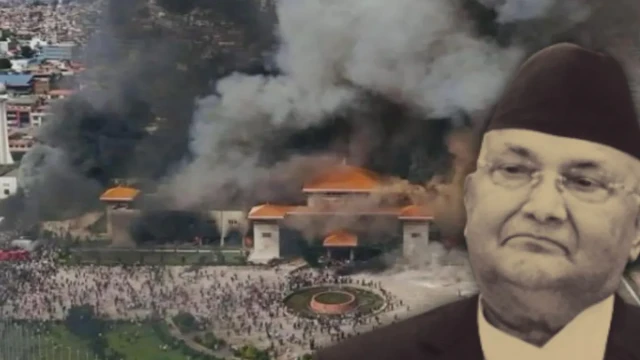
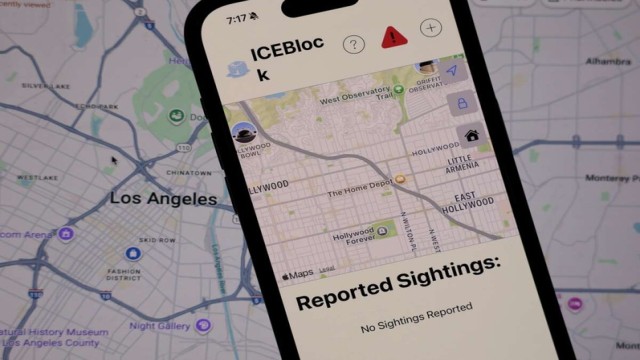
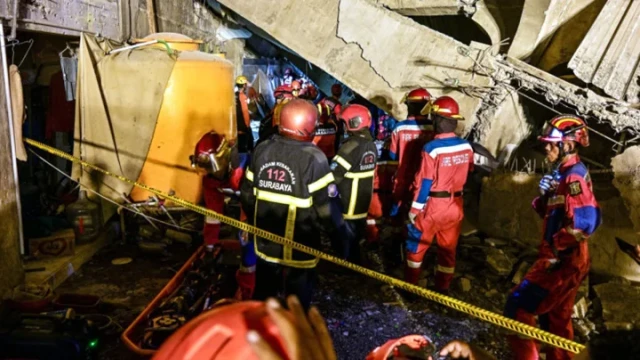


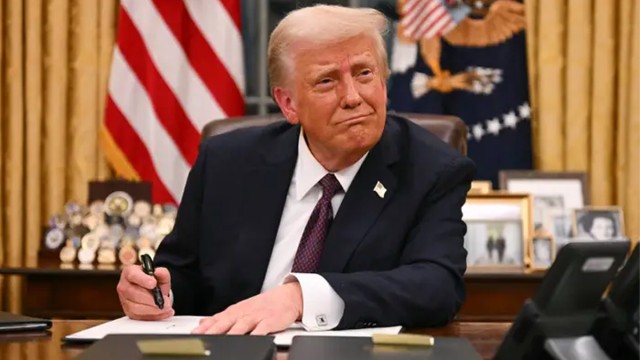
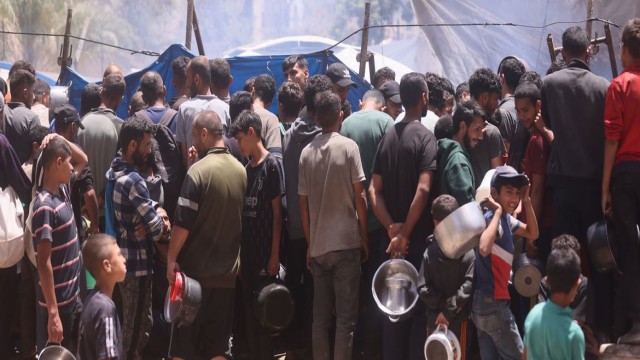
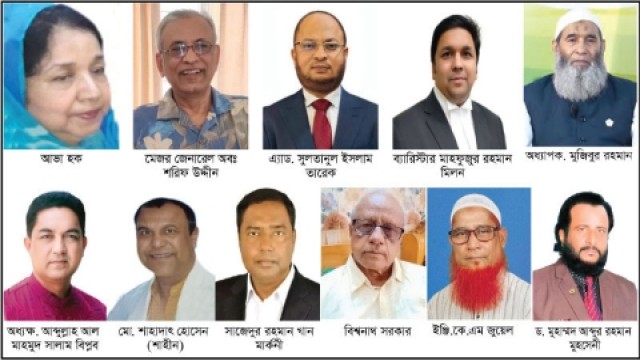
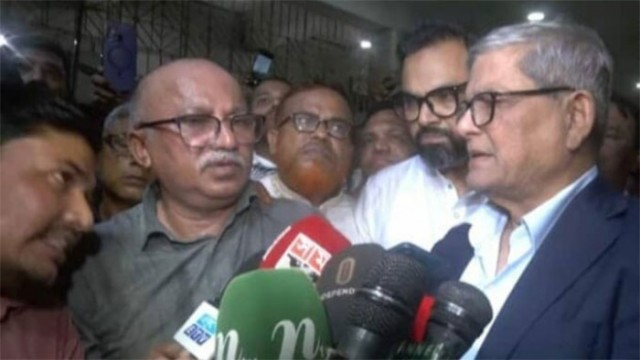
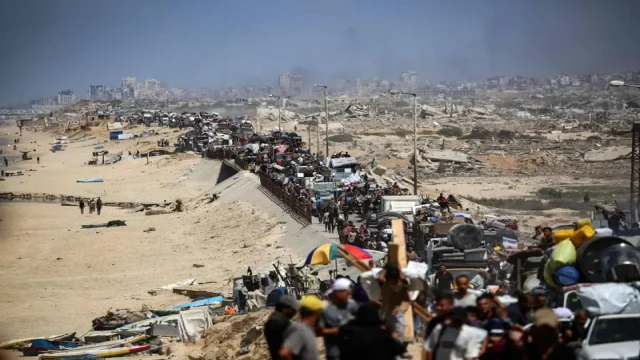
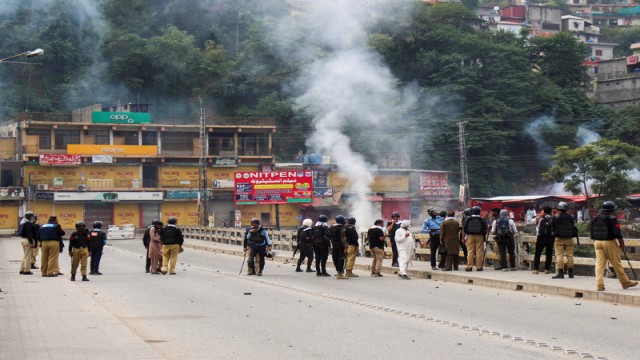
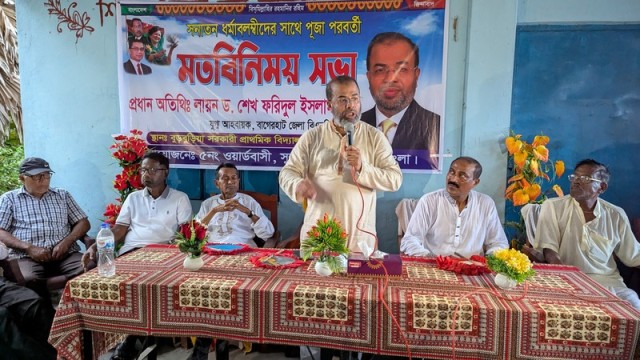
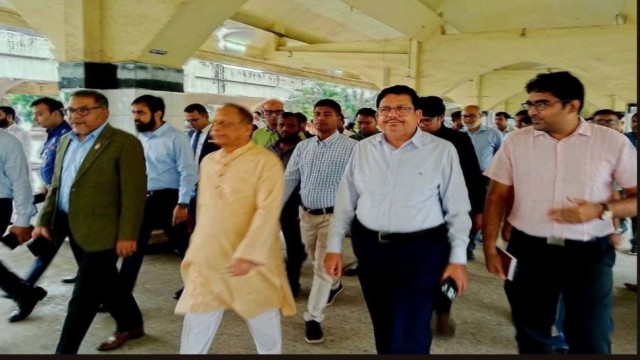
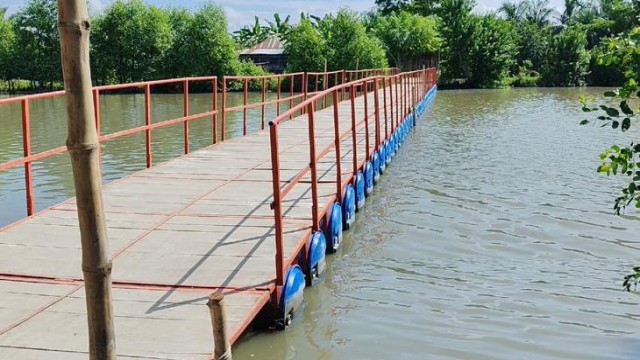




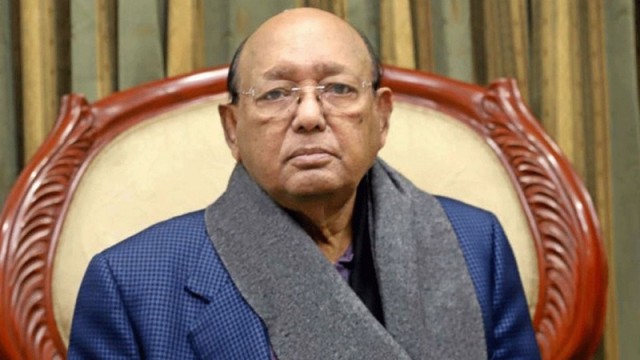
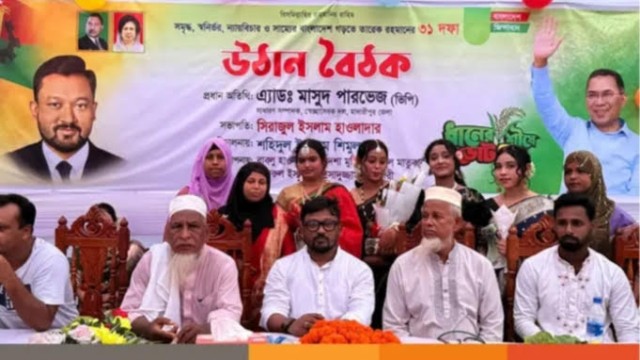
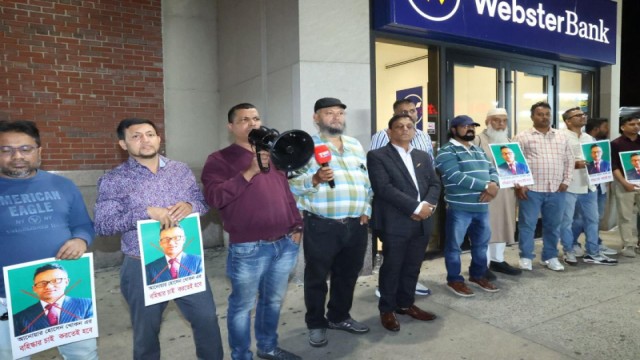

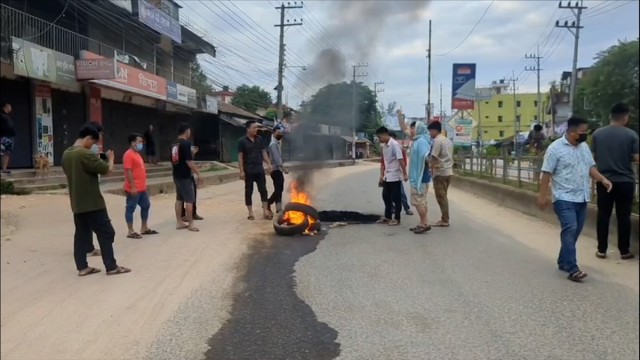
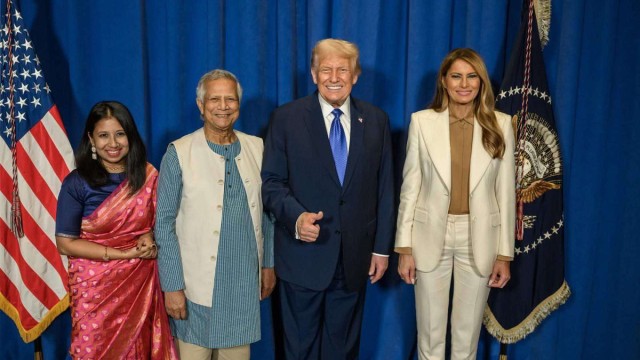
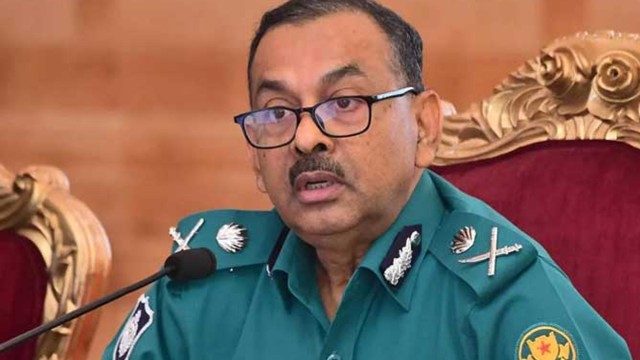


Comment: